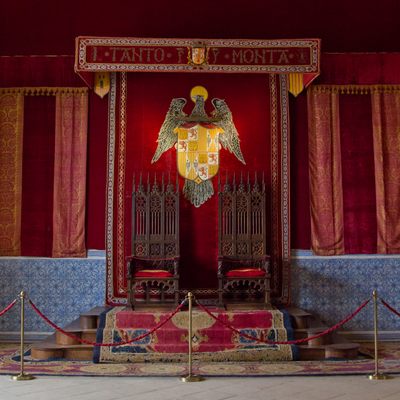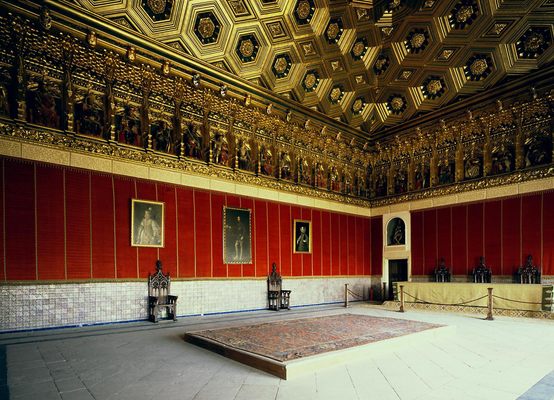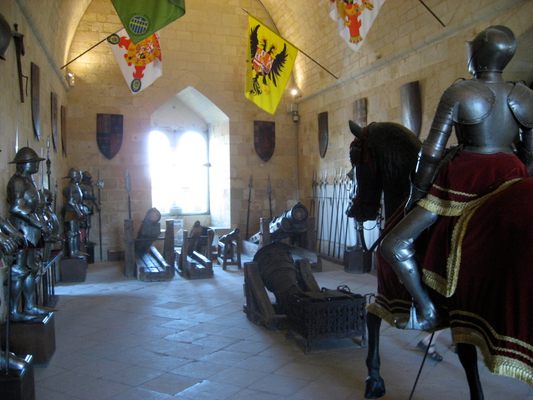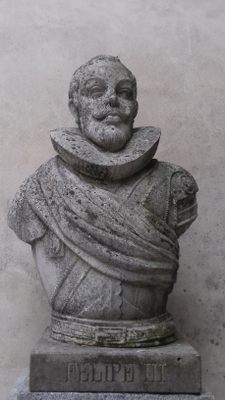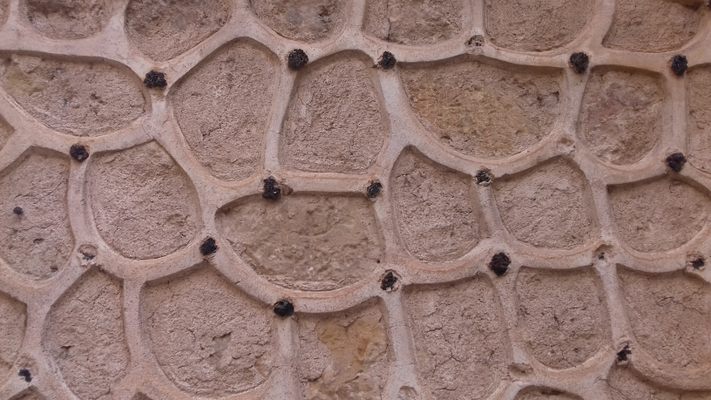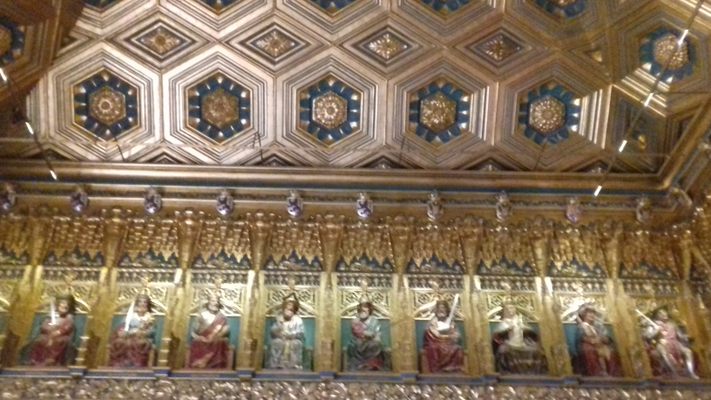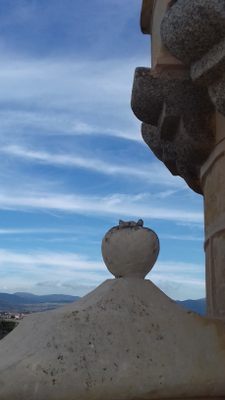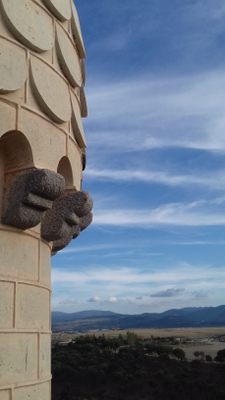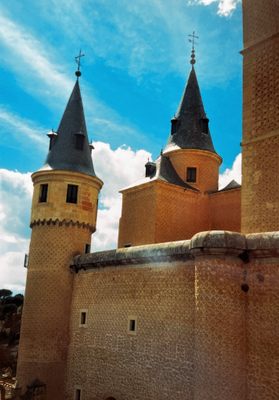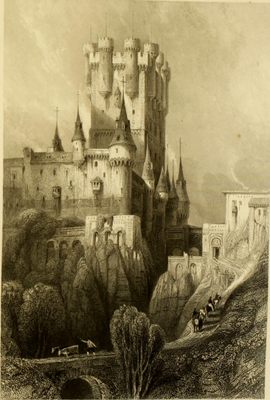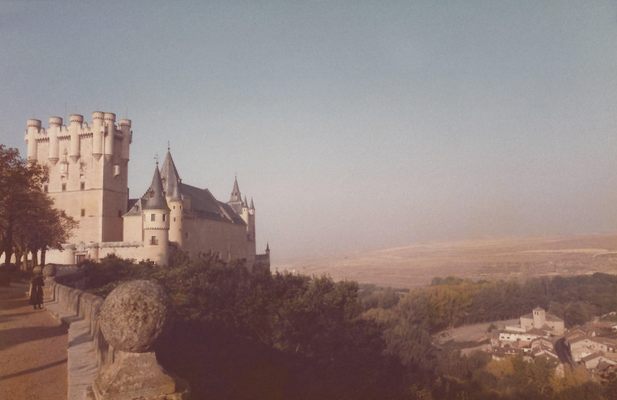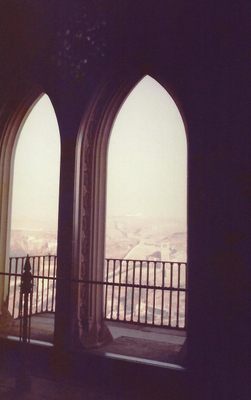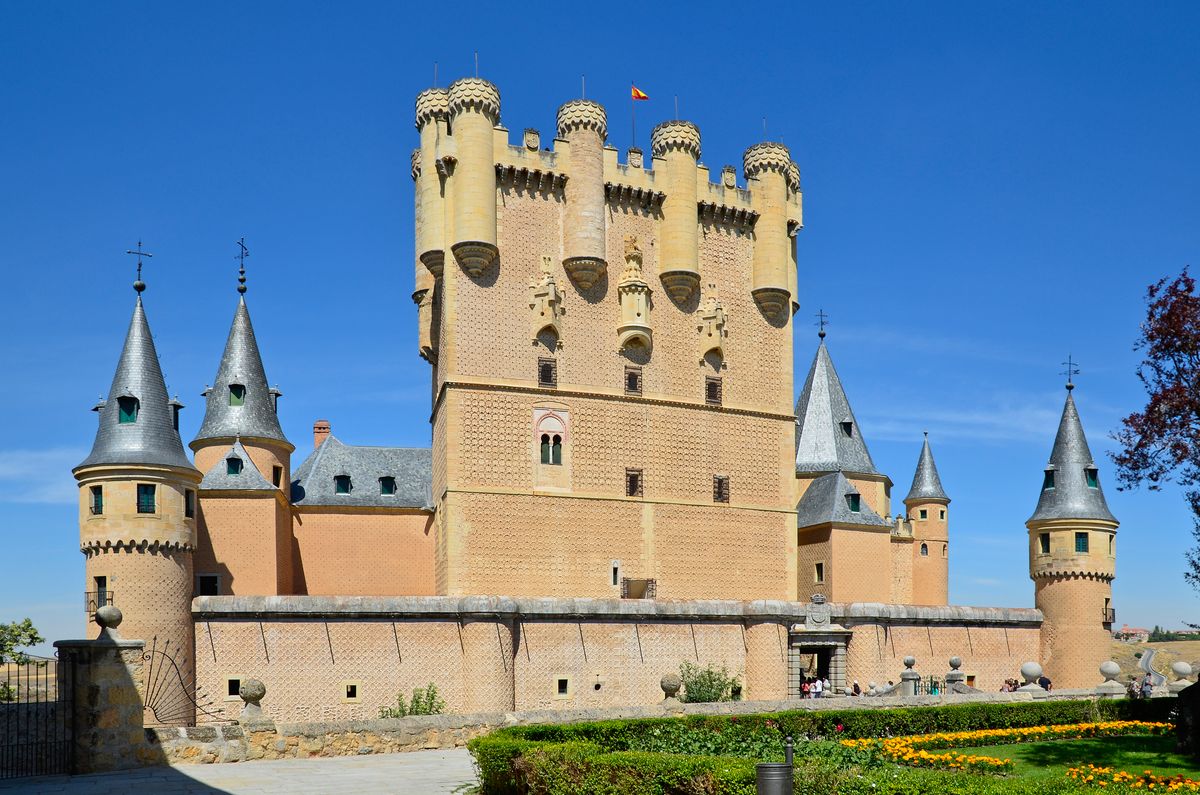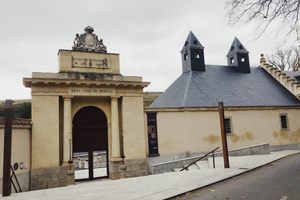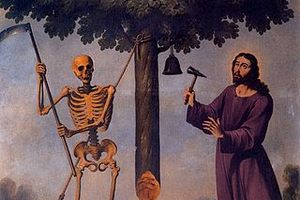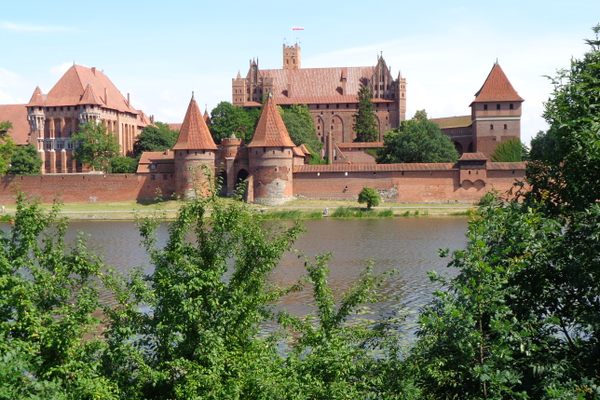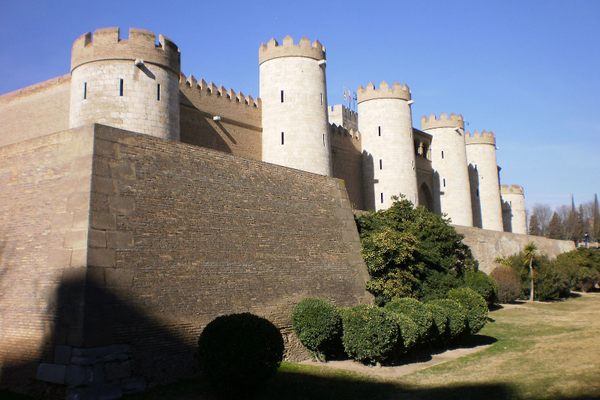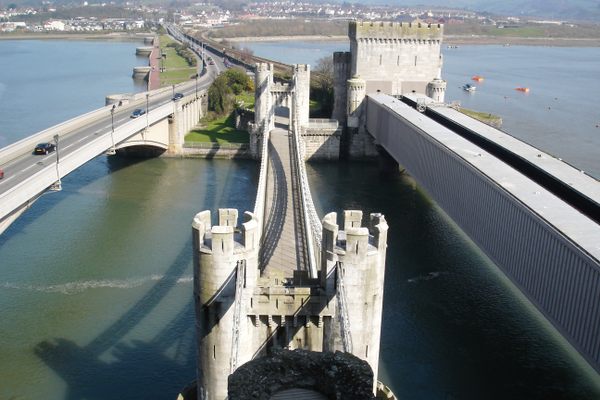About
Since the Roman times, the craggy cliff overlooking the city of Segovia has been used for the foundation of a fortification, its location suitable for military defense. The Berber Almoravids built a wooden fortress there during the early Middle Ages, first documented in 1122, shortly after King Alfonso VI of Léon and Castile reconquered Segovia. Today, these early structures have all but disappeared, and the cliff is topped with a towering castle.
With the city reclaimed by the Christians, the Alcázar ("castle") became one of the favorite residences of the Spanish kings. Little by little, additional construction and renovation work shaped the fortress into the beautiful palace. By the 17th century, the royal court was relocated to Madrid and the Alcázar served as a state prison until the Royal Artillery School was founded here in 1762 by Charles III. Most of the roofs of the noble quarters were destroyed by a fire in 1862, but thanks to the 1839 engravings by José María Avrial, they were restored to their original state.
The Alcázar de Segovia has been used as filming locations in several films such as Orson Welles's Chimes at Midnight (1965) and the Arthurian musical Camelot (1967), but its most distinctive significance in popular culture is noted for different reasons. In the 1937 Disney film Snow White and the Seven Dwarfs, the Wicked Queen's castle was modeled after the Alcázar de Segovia, its architectural designs and hilltop location reflecting the original. Later on, Disney used the Alcázar inspiration again to design Cinderella Castle, the symbolic fairytale castle of Walt Disney World and Tokyo Disneyland.
Today, the Alcázar de Segovia is a museum that chronicles the medieval history of the edifice, and is home to a military archive building.
Related Tags
Know Before You Go
From April 1 to October 31, the castle is open from 10 a.m. to 8 p.m. From November 1 to March 31, it is open from 10 a.m. to 6 p.m. The last visitors will be admitted 30 minutes before the closing time. Tickets are €8.
Community Contributors
Added By
Published
May 11, 2020



